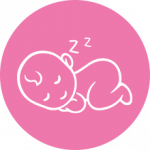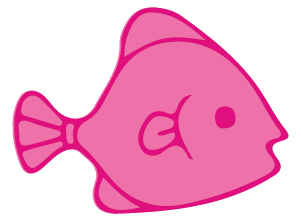At-home water exercises for babies
What is it?
Benefits
Steps
Deployment conditions
Aquatic therapy is a unique method of development addressed especially to babies, which harmoniously and playfully combines elements of gymnastics, massage, and aquatic activities with specific observation and psychological counseling, taking into account the psycho-physiological needs of the baby.
The main objectives are the harmonious development of the baby and supporting the mother-baby relationship.
The therapy involves a personalized program, depending on the history of the pregnancy, the birth, and the socio-psycho-physiological needs of the child, and is performed exclusively by a physical therapist.
- early development of all senses: touch, sight, hearing, smell, taste, and balance on land and in water
- accessing several types of intelligence: kinesthetic, affective, linguistic, musical, spatial, interpersonal, intrapersonal, nature
- stimulation of innate reflexes for their conservation and development: the diver's reflex, the grasping reflex, the early development of the baby's motor skills
- identifying possible intrauterine or birth traumas, and correcting them
- managing anxiety about the baby's first or daily bath
- mastering unique bathing methods that offer a relaxing moment, full of confidence and affection for both baby and mother
- learning baby massage techniques designed to bring more confidence to the mother, comfort, and affection in the relationship with the baby
- creating a space where mom and dad can enjoy special moments full of affection, tenderness, and trust in their relationship with their baby
- understanding the baby's needs through aquatic therapy both mother and father and baby can grow emotionally
- developing a balanced relationship, focused on the baby's needs, on effective communication between them
Massage
It involves massaging all parts of the body (lower limbs, upper limbs, abdomen, back, head, neck) to which are added reflexology elements for the foot massage. Skin contact stimulates nerve endings, improves circulation, increases energy levels helping to develop muscles, joints, and bones.
Gymnastics
It includes exercises with a role in stimulating coordination reflexes, movement, helping to form and imprint the body scheme, laterality, and then balance. The slight movements applied to the lower and upper limbs but also to all the joints aim to strengthen the muscles, to increase the mobility of the joints, to create a strong and aligned bone system.
Water activities
The emphasis is on adapting the child to the aquatic environment, using specific grips and positions, but also immersions. Through special exercises, they aim to maintain the child's primary swimming and immersion reflexes, turning them into automatisms and preparing him for the pool program.
- The stimulation program for babies is carried out according to their schedule - sleep, meals, walks
- It is important that the baby is well rested before starting the session.
- The last meal before therapy should take place at least 30 minutes before the session.
- The therapy takes place in a bright, airy room with a comfortable temperature between 22-24°C
- Other people besides the mother/father are not allowed during the therapy
- The aquatic activities will be carried out in their own bathtub at home, rigorously disinfected.
- The water temperature will be 36-37°C during the first sessions (similar to that of the intrauterine environment).
- Later on, it will gradually reach a temperature of 32-33°C (close to that of the pool).
- The duration of the session is 30-40 minutes.
- Each of the 3 parts lasts 10-12 minutes, enough to stimulate, but also to avoid discomfort.
Discover the first book about aquatic education in Romania!
At-home program effects
reduces the child's agitation and helps them calm down

strengthens the immune system

stimulates digestion, decreases and eliminates colic
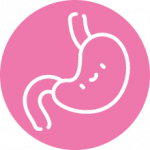
helps to develop a balanced growth rate

relaxes and tones the muscles
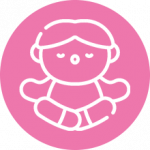
helps eliminate tracheobronchial secretions, especially in respiratory infections
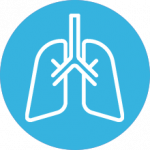
regulates appetite
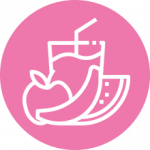
develops the independence to move by themselves, without help, even before walking

develops the ability to coordinate and concentrate
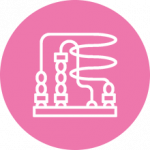
helps control breathing and balance
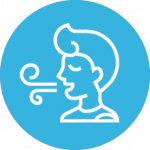
stimulates the circulatory system, peripheral circulation, and nerve endings
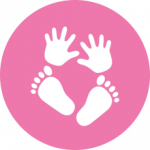
develops the cardiovascular and respiratory systems

prevents asthma
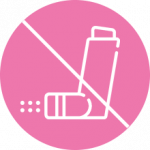
creates a state of security and trust

provides better sleep
